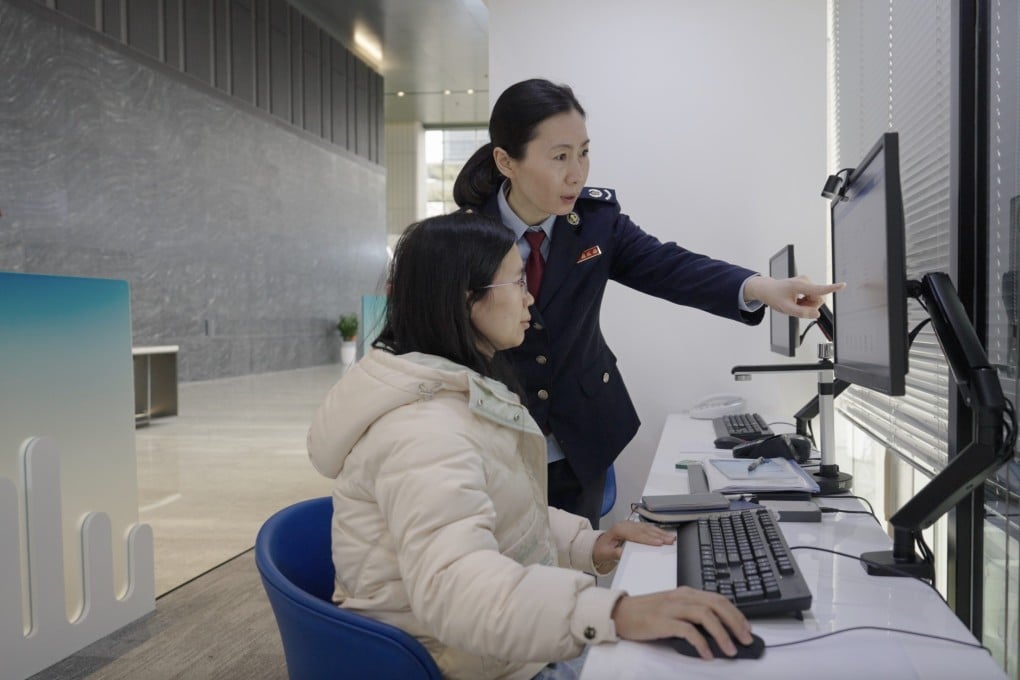Expanding tax reforms to fuel GBA’s market integration
- The E-Tax platform allows Hong Kong and Macau residents to automatically compute and process complex matters, while self-service kiosks provide more than 200 cross-border services, writes Liu Lingzhi, Zeng Meiling and Yue Ruixuan

[The content of this article has been produced by our advertising partner.]
Since the introduction of the Outline Development Plan for the Greater Bay Area (GBA) five years ago, the Guangdong Provincial Tax Service has formulated 35 measures and an innovative mechanism to support the free-trade zone in expanding tax reforms. So far, 27 measures have been implemented in the Guangdong Free Trade Zone.
Promoting talent flow with preferential tax policies
According to Macau resident Chen Cailing, Hengqin’s preferential policy reduces his personal income tax by more than 80,000 yuan a year. “The tax burden is basically the same as that in Macau. This addresses the concerns of most Macau people who want to get a job in Hengqin,” said Chen.
To ensure that taxpayers enjoy the policy dividends, the Hengqin tax department, through text messages and other means, notifies people who qualify and their companies of the relevant information to apply for benefits.
Zhu Yaozong, senior leasing manager of Zhuhai Hengqin Laisun Creative Culture City Co., Ltd, said the preferential policies can reduce personal income tax by more than 1.7 million yuan a year for the company’s talent.
For Hong Kong and Macau residents working in Nansha, Guangzhou, the portion of their personal income tax burden that exceeds the Hong Kong and Macau tax burden will also be exempted, according to the Nansha Plan.
Chen Jiahua, senior deputy general manager of Guangdong Enpro Supply Chain Management Ltd., has been working in Nansha for six years. Last year, he was the first to enjoy the preferential personal income tax policy of the plan, saying: “The whole declaration process is very convenient, especially with the personal tax calculation system for Hong Kong and Macau residents, which frees us from the trouble of tedious manual calculations. It only takes two minutes to input information, and the tax exemption data can be automatically generated.”
